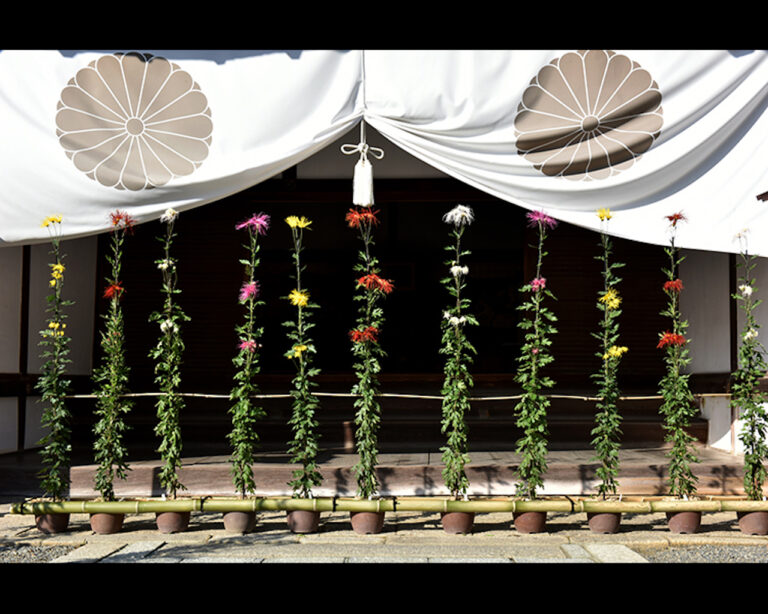
Botanical pattern -Chrysanthemum-
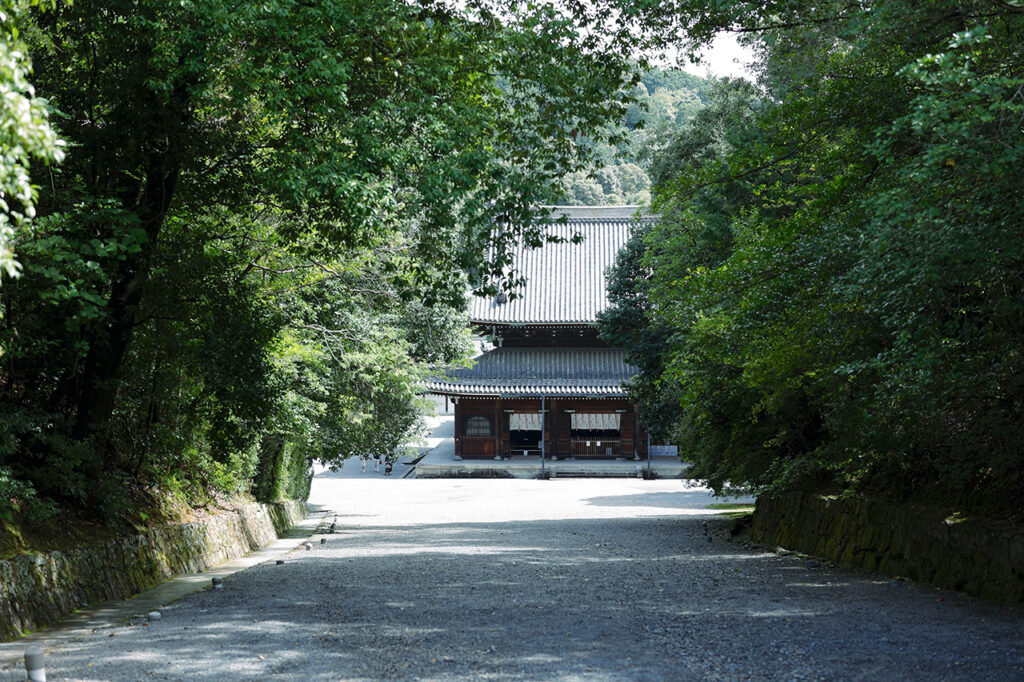

This is the only temple in Japan where the mausoleums of 39 emperors and imperial princes are enshrined, including the tombs of the 14th emperor since Emperor Shijo.
It has a very deep connection with the imperial family, and it is said that he still takes a break at the Gozasho when he visits. The name Sennyu-ji Temple comes from the fact that the spring water flowed when Tsukirin Daishi built it in 1218 (Kenpo 6). The majestic descending approach from the main gate is like the beginning of your own time to regain the tranquility of your mind.
In addition, the 'Dainirvana painting' in its collection is said to be one of the three major paintings of the nirvana in Kyoto, along with those at Honpo-ji Temple and Tofukuji Temple.
The temple of Yokihi Kannon appears on the left after passing through the main gate. Since it was a secret Buddha that was only open to the public once every 100 years until 1955, the intricately crafted coronet and the plump and calm expression have preserved the beauty of a wooden statue from the Kamakura period. People from all over the country who wish to be beautiful on the inside and the outside come to join hands quietly in hopes of being beautiful on the outside and on the inside.
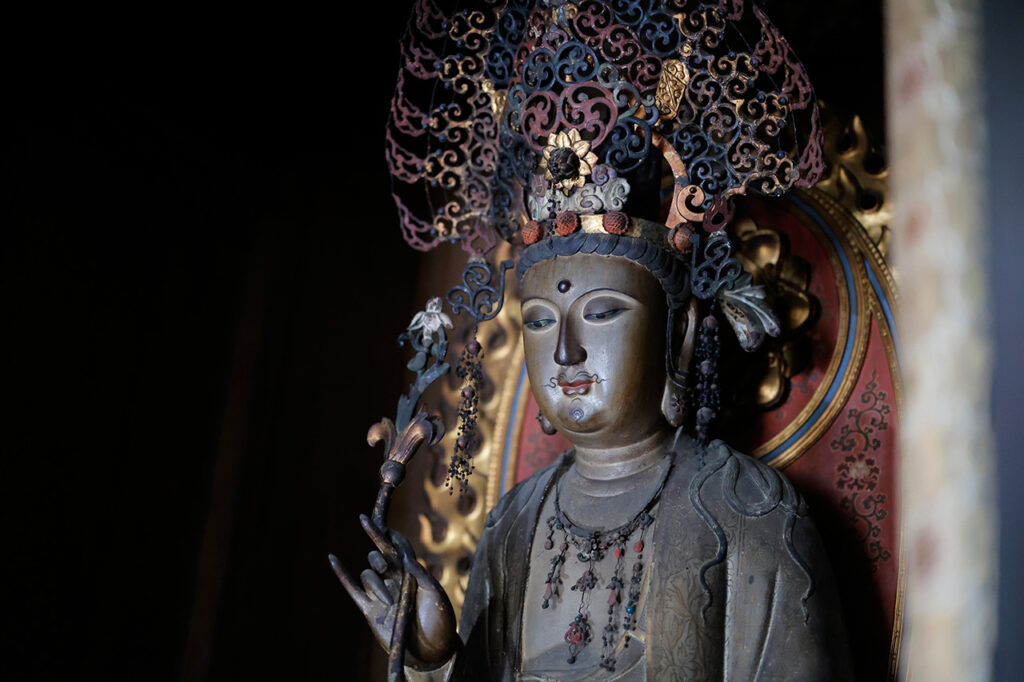

The Buddhist temple was rebuilt in 1668 by Tokugawa Ietsuna, the fourth shogun, after it was destroyed during the Onin War.
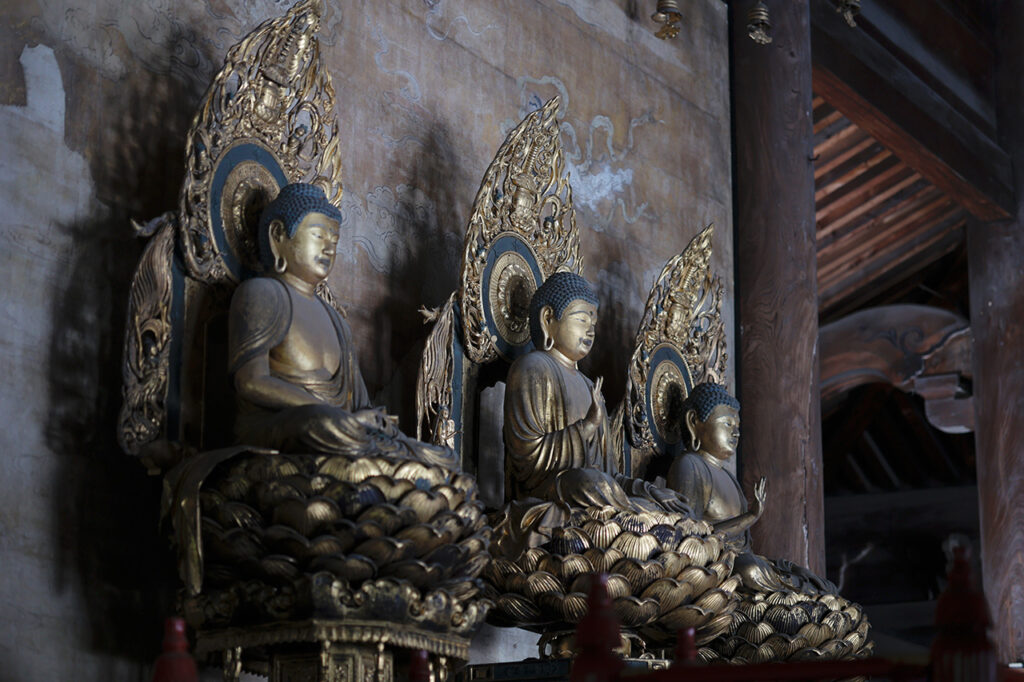

In the inner sanctuary, three Buddhas, Amida Nyorai (present), Shaka Nyorai (past), and Miroku Nyorai (future), which are said to have been created by Unkei, are enshrined, and on the ceiling is a magnificent painting of a cloud and a dragon drawn by Tanyu Kano.
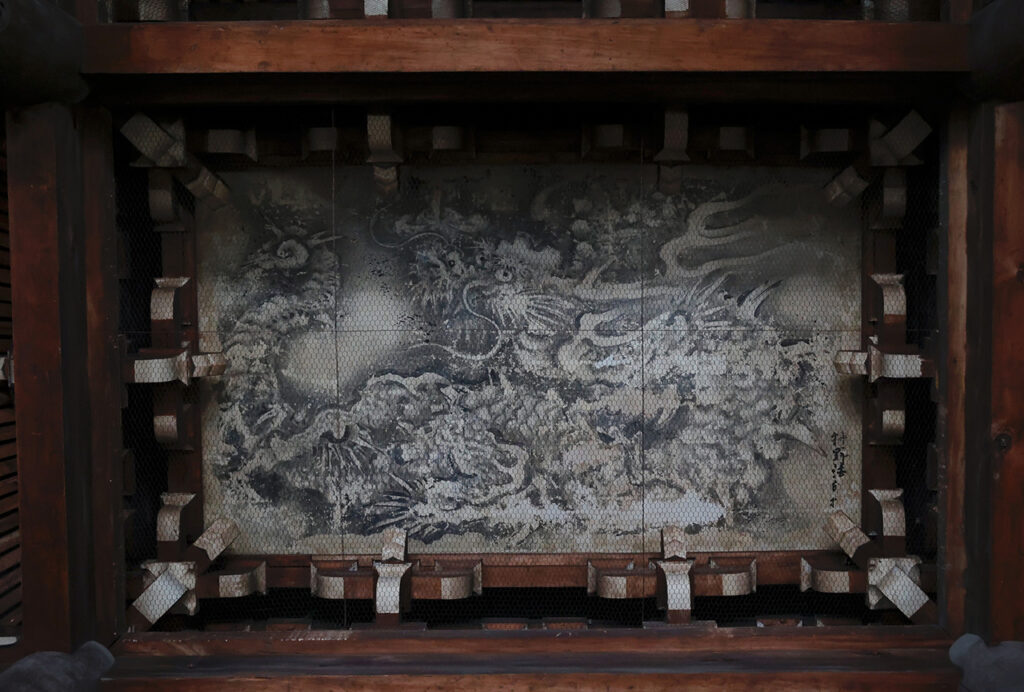

When you go outside, don't forget to look up at the roof because there is a certain point where the eyes of the onigawara light up.
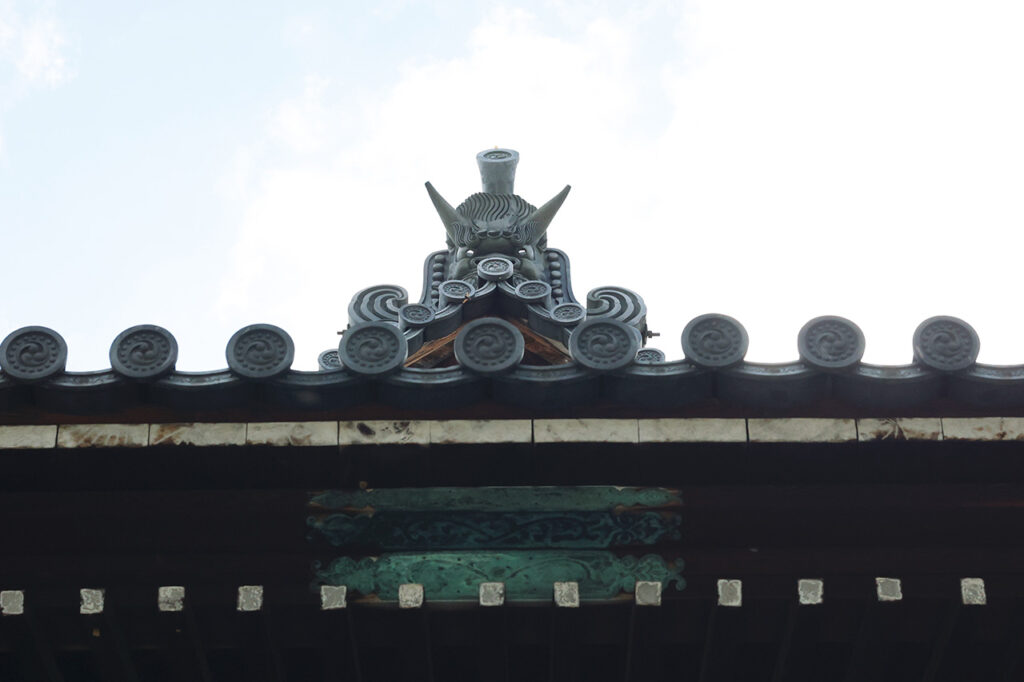

From October 1, 2022 (Saturday), cutout type goshuin will be on sale. In addition, private premium viewing (except October and November), where you can leisurely walk around the grounds with a monk and experience Ajikan or sutra copying, is popular, so please check it out.
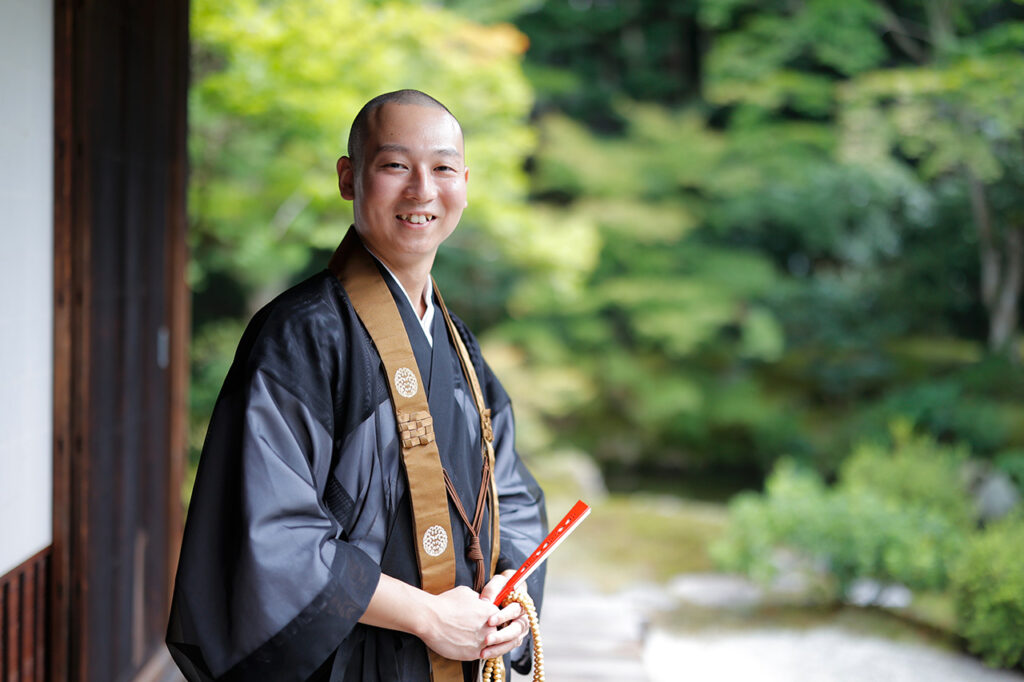

In 1884 (Meiji 17), the Misato Palace was relocated from the Kyoto Imperial Palace. There are eight rooms, including a court lady's room and an imperial envoy's room, and the throne room is still used as a resting room when members of the imperial family visit.
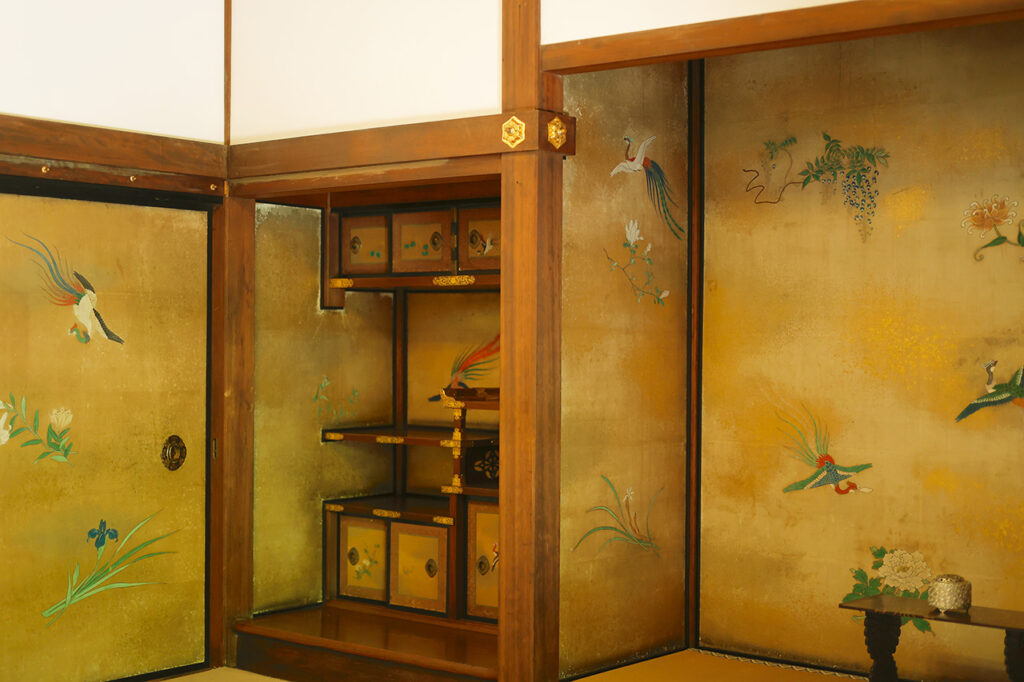

The tablecloth in the envoy room is a valuable item made by the Empress of Emperor Taisho. In addition, in the garden that spreads out in front of the space, you can appreciate the gorgeously colored autumn leaves at an early timing in Kyoto city.
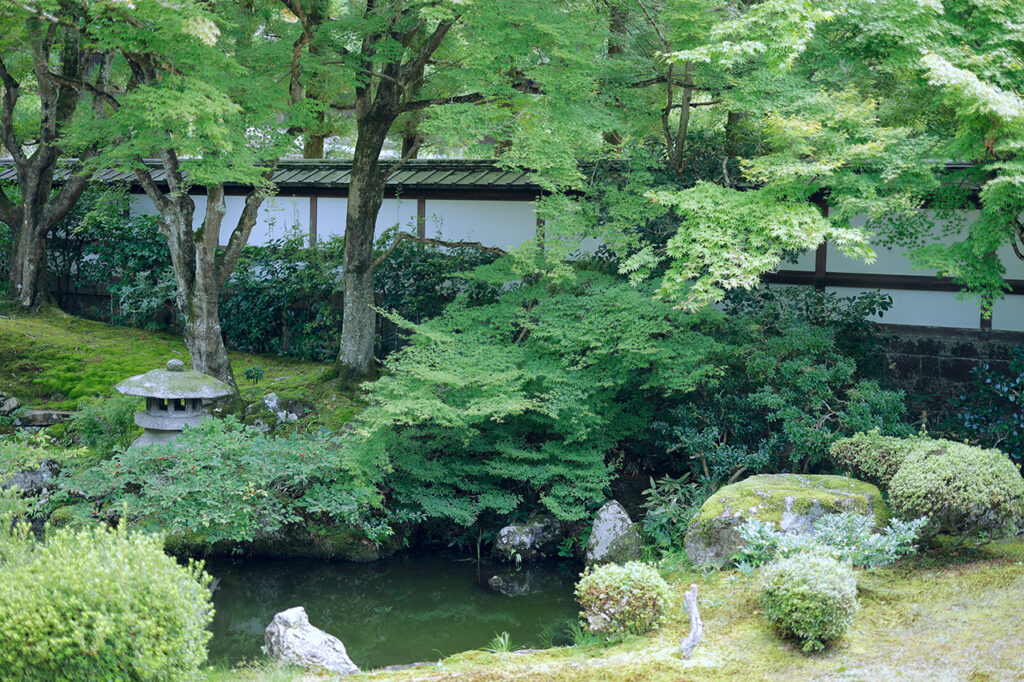

Over 600 interviews per year! An order site carefully selected by the editors who knows Kyoto and Shiga.
nowOfficial LINE friend registration500 yen OFF coupon is being issued!
Distributed every Friday morning at 8:00 am! From new restaurant information to event information that we want to share with you, We deliver articles about Kyoto that are useful to know. About 20,000 people have registered.Click here to add a friend!
 News
News Feature article
Feature article Featured event
Featured event